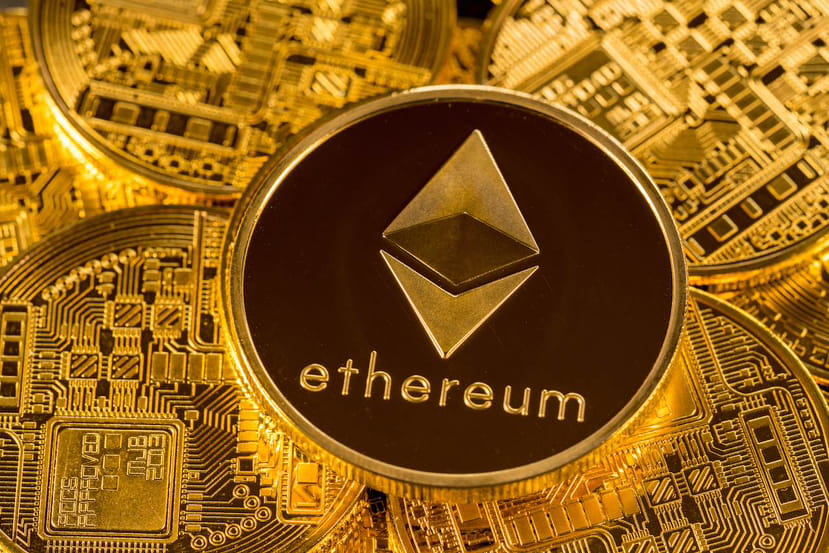Hey there, fellow blockchain enthusiasts! If you’ve been diving into the exciting world of decentralized finance (DeFi), you’ve probably wondered about the backbone that powers these innovative applications. Today, let’s embark on a journey to uncover the most used blockchain for DeFi and why it’s the go-to choice for developers and users alike.
Unlocking DeFi’s Potential
Decentralized finance has been a game-changer, providing users with a borderless, permissionless, and inclusive financial ecosystem. To make this magic happen, developers leverage various blockchains, each with its unique features and capabilities. However, one blockchain has risen to the top, becoming the unsung hero of the DeFi revolution.
Ethereum: The DeFi Maestro
Picture this: a bustling marketplace where users can lend, borrow, trade, and earn interest without the need for traditional financial intermediaries. Enter Ethereum, the most popular blockchain for DeFi applications.
Smart Contracts: The Building Blocks of DeFi
Ethereum’s secret sauce lies in its robust support for smart contracts. These self-executing contracts enable developers to create complex financial instruments and applications that run without the risk of downtime, fraud, or third-party interference. This level of automation is crucial for the seamless operation of DeFi protocols.
ERC-20 Tokens: Fueling DeFi Innovation
Ethereum’s native token standard, ERC-20, has become the lifeblood of DeFi. It allows for the creation of fungible tokens, making it easy for projects to launch and integrate with existing DeFi platforms. From stablecoins to governance tokens, the ERC-20 standard has laid the foundation for a thriving DeFi ecosystem.
Liquidity Pools and Decentralized Exchanges
DeFi wouldn’t be the same without liquidity pools and decentralized exchanges (DEXs). Ethereum’s blockchain provides the ideal environment for these platforms to flourish. Uniswap, SushiSwap, and other DEXs leverage Ethereum’s infrastructure to enable users to trade assets directly from their wallets, all while contributing liquidity to the ecosystem.
Scalability Challenges and the Road Ahead
While Ethereum has been the go-to blockchain for DeFi, it’s not without its challenges. Scalability issues, high gas fees, and environmental concerns have prompted developers to explore alternative solutions like layer 2 scaling and Ethereum 2.0 upgrades. These developments aim to enhance the user experience and address the growing demand for DeFi services.
Conclusion
In the vast landscape of blockchain technology, Ethereum has emerged as the cornerstone of DeFi innovation. Its robust support for smart contracts, versatile token standards, and the thriving ecosystem of decentralized applications make it the preferred choice for developers and users alike. As we look to the future, it’s exciting to witness how Ethereum and other blockchains will continue to evolve, shaping the next chapter of decentralized finance. Stay tuned for more updates on the fascinating world of blockchain and DeFi!

